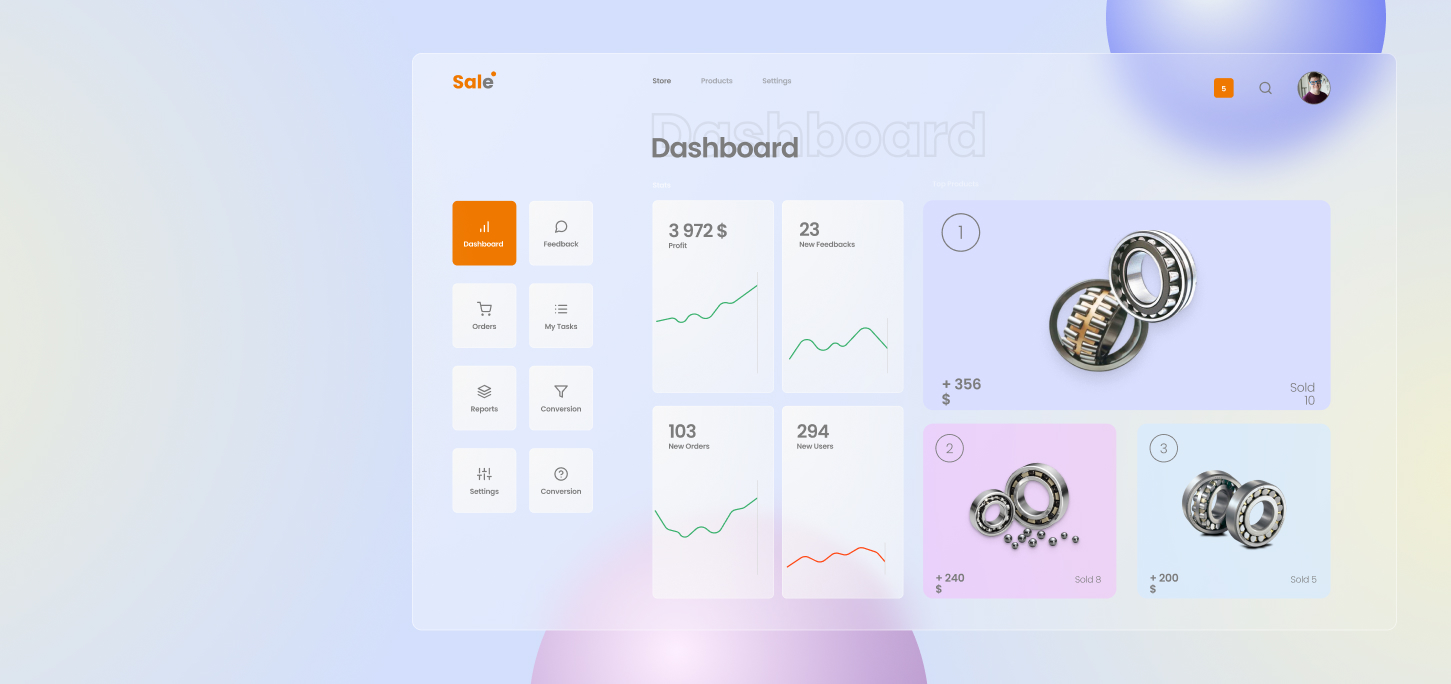Why automate sales?
In the previous article, we’ve discussed some benefits of sales and marketing digitization in the B2B sector. In this article, we will have a closer look at what and how can be automated in the sales process.
First of all, why automate sales? Many sales processes related to administration, reporting, and simple customer communication can be automated. This can reduce time spent on them from weeks to days, days to hours; as a result, sales staff efficiency grows, customer-facing time, and overall customer satisfaction increases.
McKinsey estimates that about a third of sales-related tasks can be easily automated.
Examples of the automation across the sales function
| Stage | Use cases |
| Strategy and planning |
|
| Lead qualification |
|
| Pricing and quotation |
|
| Order management |
|
| After-sales activities |
|
Some use cases with more details
Lead engagement
Companies can re-engage prospects with the help of chatbots. A bot can identify inactive prospects and contact them, then using NLP understand their response and answer accordingly. This solution helps to drive conversions without sales representatives involved.
Automated proposals generation
RPA and natural-language processing technologies can be used to decode customers’ questions and propose answers. A sales manager would only need to check the proposal (and improve if needed) before sending it to a customer. This helps to decrease RFP response time as well as organize better storing of RFP-related content.
Product activation
Another process that can be automated is license certificates generation. A bot can be set to verify that an order is valid, generate license keys and send them to customers to activate the product. It can then notify relevant departments (for instance, finances) in a company about the activation. Such bots can save sales teams many hours and at the same time let customers activate their products faster.
What makes automation successful
Standardised processes
Companies with leaner and more simplified processes can deploy RPA faster and with lower costs. They can also benefit from more advanced solutions, for example, machine learning and cognitive agents.
Changes in the work of the sales department
As manual tasks start taking less time, sales representatives can spend more time on customer-related activities, therefore, KPIs should be shifted there. Yet, it is also important to track the performance of bots, such as the monetary value of bot-enables customer conversion or time saved.
It is also recommended to not rush to automate all the processes at once but to prioritize use cases and start with the least critical ones. Then after successful pilot tests gradually scale up.
To wrap up, we want to highlight once again that automation eventually is beneficial for all parties.
Companies see improved sales-department productivity, customers have their requests processed faster, and salespeople are freed from repetitive routine tasks.


